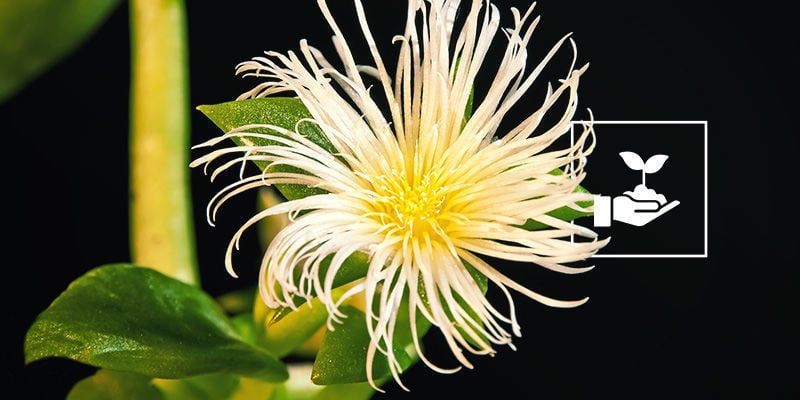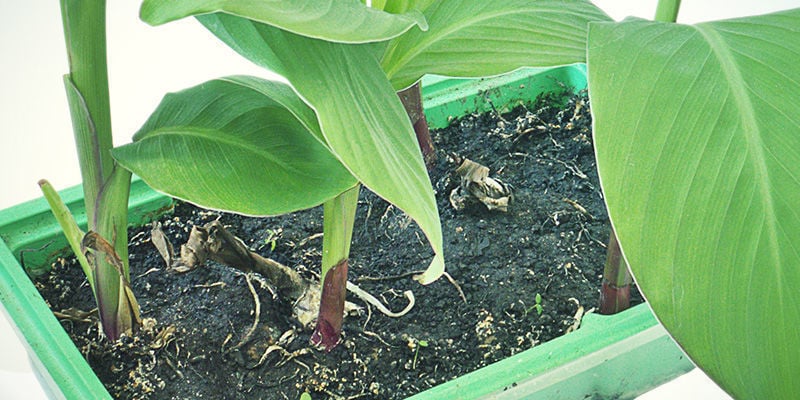-
Seedshop
-
Feminized
Cannabis seeds -
Autoflowering
Cannabis Seeds -
Regular
Cannabis Seeds -
F1 Hybrid
Cannabis Seeds -
CBD
Cannabis Seeds -
Zamnesia
Cannabis Seeds
-
Top 10’s
- Top 10 Feminized Seeds
- Top 10 Autoflowering Seeds
- Top 10 Regular Seeds
- Top 10 USA Cannabis Strains
-
Favourites
- Beginner Strains
- Below 1% THC
- Classic Cannabis Strains
- Cup Winners
- F1 Hybrids
- Fast Flowering Seeds
- High CBD Strains
- High THC Strains
- Mix Packs
- Zamnesia Exclusive Collabs
-
-
Headshop
-
Vaporshop
- Spare Parts & Accessories
- AirVape XS GO (2021)
- Arizer Air MAX
- Arizer Extreme Q
- Arizer Solo 2
- Arizer V-Tower
- Arizer XQ2
- Boundless CFC 2.0 Vaporizer
- Boundless CFX
- Boundless TERA (V3)
- CRAFTY+
- DaVinci IQC
- Dr. Dabber Boost EVO
- DynaVap VapCap "M" PLUS 2023
- DynaVap VonG (i) Titanium
- Flowermate Aura
- Flowermate Cap Pro
- Flowermate Slick
- Flowermate V5.0S Pro
-
Healthshop
-
Smartshop
-
Shroomshop
-
Growshop
-
Seedshop
All CategoriesSeedshop
- Autoflower Seeds
- Feminized Cannabis Seeds
- Zamnesia Seeds
- Zamnesia's Top 10
- CBD Seeds
- F1 Hybrids
- Seed Banks
- Mix Packs
-
Popular Strain Types
- Zamnesia Exclusive Collabs
- Classic Cannabis Strains
- Amnesia Seeds
- Haze Seeds
- Skunk Seeds
- Kush Seeds
- Purple Seeds
- Blueberry Seeds
- Cheese Seeds
- Diesel Seeds
- White Widow Seeds
- Gorilla Seeds
- Northern Lights Seeds
- Granddaddy Purple Seeds
- OG Kush Seeds
- Blue Dream Seeds
- Lemon Haze Seeds
- Bruce Banner Seeds
- Gelato Seeds
- Sour Diesel Seeds
- Jack Herer Seeds
- Girl Scout Cookies Seeds (GSC)
- Wedding Cake Seeds
- Zkittlez Seeds
- Pineapple Express Seeds
- Chemdawg Seeds
- Hindu Kush Seeds
- Mimosa Seeds
- F1 Hybrids
- Mix Packs
- Cup Winners
- Beginner Strains
- High THC Strains
- Fast Flowering Seeds
- Regular Cannabis Seeds
- USA Cannabis Strains
- Cup Winners
- Seedfinder
-
Vaporshop
All CategoriesVaporshop
- Top 10 Vaporizers
- Spare Parts & Accessories
- AirVape XS GO (2021)
- Arizer Air MAX
- Arizer Extreme Q
- Arizer Solo 2
- Arizer V-Tower
- Arizer XQ2
- Boundless CFC 2.0 Vaporizer
- Boundless CFX
- Boundless TERA (V3)
- CRAFTY+
- DaVinci IQC
- Dr. Dabber Boost EVO
- DynaVap VapCap "M" PLUS 2023
- DynaVap VonG (i) Titanium
- Flowermate Aura
- Flowermate Cap Pro
- Flowermate Slick
- Flowermate V5.0S Pro
- G Pen Elite II
- G Pen Micro+
- G Pen Roam
- Hyer Big-E Rig
- MIGHTY+
- PAX Mini
- PAX Plus
- PLENTY
- Puffco Peak Smart Rig
- Puffco Plus
- Storm Vaporizer
- The Proxy (Puffco)
- VOLCANO CLASSIC
- VOLCANO HYBRID
- Vapman 2.0
- Vapman Click
-
Smartshop
All CategoriesSmartshop
- Top 10 Smartshop
- Zamnesia Gift Cards
- After Party
- Aphrodisiacs
- Aromatherapy
- Blue Lotus
- CBD Vape Juice
- Capsule Machines
- Crystals, Gemstones & Minerals
- Dream Herbs
- Drug Tests
- Extracts
- Happy Caps
- Herbal Tea
- Herbs & Seeds
- Incense
- Kanna
- Kratom
- LSA Seeds
- Mescaline Cacti
- Microdosing
- Nootropics
- Relaxing
- Salvia divinorum
- Smart Seeds
- Stimulants
- Supplements
- Tinctures
- Vape Herbs
-
TRIBE
All CategoriesTRIBE
- My Membership
- Spend Gift Points
- TRIBE Sale
- Exclusive products
- Earn Extra Gift Points
-
TRIBE
- Early Access
- Refer a Friend
- Information
-
TRIBE
-
Language
 United States
United States
Wednesday, 07 January and Tuesday, 13 January 2026*
Kanna: Everything You Need To Know
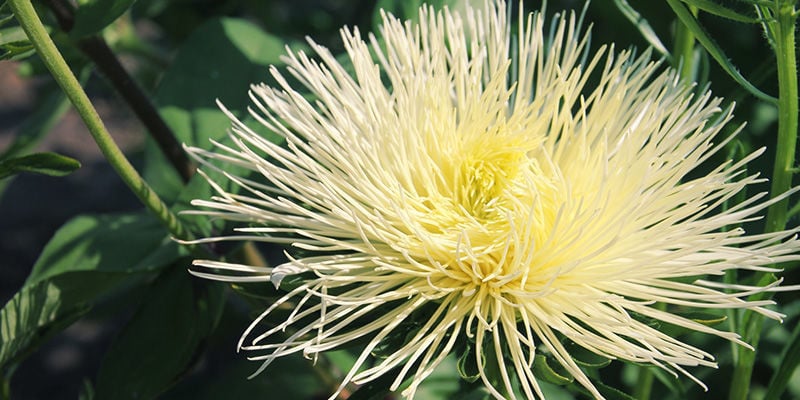
Choose your favorite AI tool to get a quick summary.
Kanna belongs to nature’s long list of consciousness-altering plants . Kanna provides a botanical solution to a busy lifestyle and the hectic nature of the modern age. Use this herbal ally to realign your mental state when it’s time for some well-deserved relaxation.
What is Kanna?
Kanna, also known as channa and kougoed, is the dried and/or fermented plant matter of the Sceletium tortuosum plant. It can be found growing wild in the cape regions of South Africa, and has been used as a traditional tribal cure for centuries. Whilst only occurring naturally in South Africa, kanna is an easy-to-grow plant that can be cultivated pretty much anywhere, as long as it is taken indoors when it gets too cold.
History of Kanna
.jpg)
Hunter-gatherers, who lived in what is today known as South Africa, used the plant for well over 1000 years. The use of a plant named channa or kanna was documented over 225 years ago, reporting that the Hottentots used it as a vision inducing drug. The root was chewed, causing their animal spirits to awaken, their eyes to gleam, and their faces to display joy and laughter. Even the simplest circumstances would make them giggle, and their brains were full of enjoyable ideas. Overdoses caused loss of consciousness and delirium.
Kanna is also a name for the eland antelope, a holy animal widely featured in South African rock art. When the Dutch arrived in South Africa, they referred to the kanna plant as "kougoed", meaning "something good to chew". The idiom name kanna is nowadays applied to Mesembryanthemum: M. expansum and M. tortuosum, but the plant itself has never been definitively identified. Over two dozen Mesembryanthemum species are known to contain alkaloids.
In 1662, a trader and explorer named Jan van Riebeeck started to trade with local tribes for it. The Governor of the Dutch Cape Colony, Willem Adriaan Van der Stel noted in 1685 that natives would travel far to obtain the best samples and pay high prices.
Kanna Effects

The way you ingest kanna significantly alters its potential effects, as does the dose you take. That doesn't mean, however, that there isn't a general list of outcomes. Despite the differences in intensity, kanna is well-known for its stimulating and refreshing properties. At low doses, most users report mild effects and an improved sense of general well-being. Start cranking up the dose, and the soothing effect of kanna becomes significantly more prominent. In fact, if you plan on taking high doses of kanna, it's probably best to clear your schedule beforehand—you may be relaxing for a while!
Fortunately, side effects appear minimal and dose-dependent. Most side effects occur at very high doses, so it's best to start low and slow. Once you know what to expect, you can build up how much kanna you consume until you reach a happy medium.
Kanna Uses & Dosage
The dried plant material is traditionally chewed and the juices swallowed, but it is also used to make teas and tinctures or inhaled as a snuff. The Hottentot and Bushmen tribes of South Africa sometimes add other herbs to it.
You will have to find out which method of ingestion works best for you—and it is always a good idea to start with a mild dose. While some may feel only slight effects, others with a low tolerance might already be on their mental tip-toes.
1. Sub-lingual/Chewing
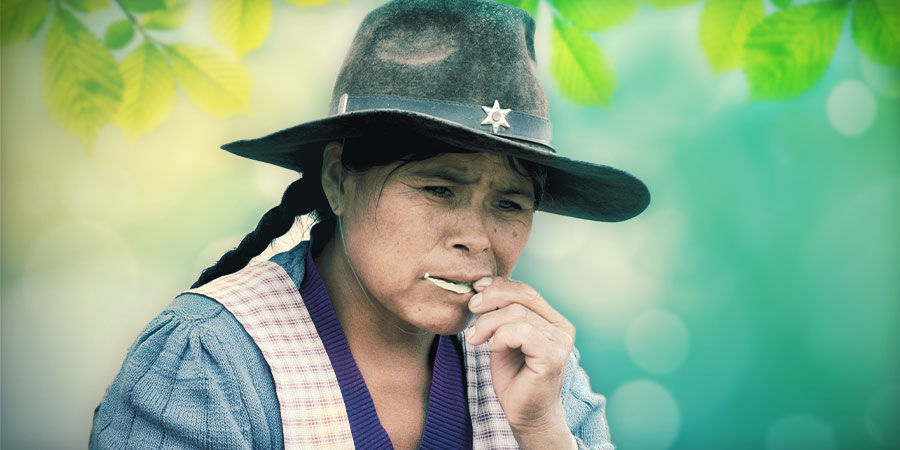
This is the traditional way of ingesting kanna and refers to fermented leaves, stems, and roots. The plant material is chewed for an extended period of time, sometimes throughout the whole day.
Dosage:
| Mild | 100-200mg |
| Medium | 200-400mg |
| Strong | 400-600mg |
| Extra Strong | 600-1000mg |
Duration: Main effects last for 1–2 hours, then fade out over another 1–2 hours.
Effects: General intoxication, euphoria.
2. Insufflation
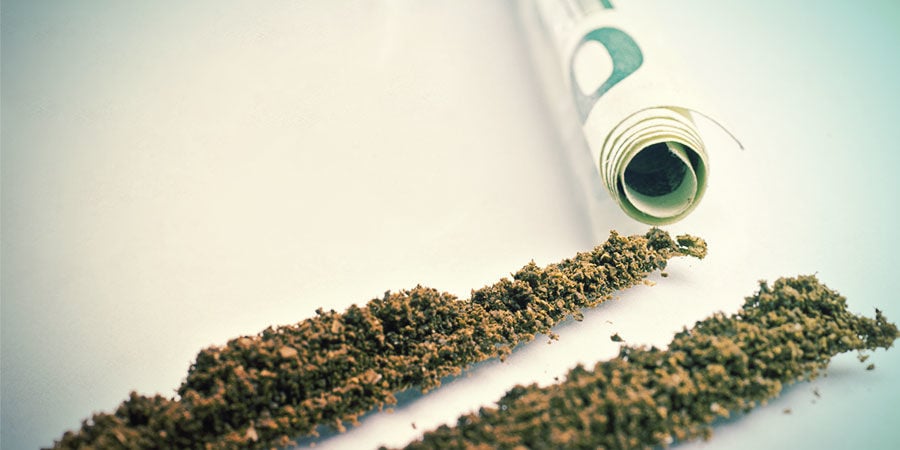
The die-hard way of ingesting kanna. The material should be finely ground for snorting. This method is said to be one of the most efficient ways to ingest kanna, but has a big drawback—it is not a pleasant method and repeated kanna snorting can lead to nose-bleeding, itching, and blockage.
Dosage:
| Mild | 25-50mg |
| Medium | 50-100mg |
| Strong | 100-250mg |
| Extra Strong | 250-500mg |
Duration: Effects come on within minutes and stay at their peak for 20–60 minutes before slowly fading over another 20–60 minutes.
Effects: The euphoria is much more pronounced with insufflation; analgesic effects less so.
3. Oral ingestion

Kanna plant matter can be eaten by chewing over a long period time and then swallowing, or it can be made into a tea, which reportedly tastes like green tea, only worse.
Dosage:
| Mild | 200-400mg |
| Medium | 400-600mg |
| Strong | 600-1000mg |
| Extra Strong | 1000-2000mg |
Duration: The effects can take as long as 90 minutes to come on, but the experience is also much longer and can last for 4–5 hours.
Effects: Higher doses have more pronounced sedative, narcotic, and analgesic properties.
KANNA CULTIVATION
Much like most succulents, kanna is very easy to grow. It is possible to grow from both seed and cuttings, and can be grown in both the ground or in a pot. All it needs is a place with good light and warm conditions. Kanna is very intolerant to frost, so make sure that if you have it outside, you bring it in for wintry conditions.
POTS, SOIL AND GROWING CONDITIONS
Kanna will need pots with large drainage holes. Clay pots are preferable as the porous nature of them allows water to escape. Clay pots will also stay cooler than plastic pots in hot, summer conditions.
Kanna does best on fairly porous soil, with a similar constancy to the arid and dry climates that plants like this can normally be found growing wild in. This will allow any excess water to drain through fast and efficiently, stopping kanna plants from rotting. The soil kanna is in should be allowed to fully dry out between each watering, ensuring that the roots can be fully aerated. Resist the temptation to over water kanna plants, the only time you should consider watering them more is when they start going a bit wrinkly, indicating they are losing water.
As mentioned, watering too much will cause rot, whereas watering too little will cause stunted growth. Kanna plants should be watered with moderation until shoots and roots have been given time to establish fully; also, once established, kanna will need little care during its 9 months of inactivity. It is when you begin to see blooms or new growth that you know that your kanna has become active again. You can also consider using a liquid plant feed during these periods to really enhance growth.
As mentioned, kanna has very little resistance to frost, so make sure it is never in a condition where it has to suffer it. Generally speaking, for kanna to really thrive, it needs to be kept in conditions that only ever reach 16 degrees Celsius as a minimum. So consider putting it in a greenhouse or on an indoor table that gets lots of light.
KANNA SEEDS
Kanna seeds may be potted whenever you want, no matter the time of year, as long as they have a warm spot to grow. After obtaining your Kanna seeds, you will need to remove the gemination-inhibiting layer bij soaking the seeds in daily refreshed, distilled water, for at least 7 days. Put the seeds in general purpose cactus soil and place them in a warm, well lit, frost-free place, like a greenhouse. Keep the soil damp at all times and expect to see seedlings pop up after 2- 8 weeks.
PESTS AND DISEASE
Common pests that will attack kanna are slugs and snail, spider mites, and aphids. Problems are more likely to occur with these pests when grown outdoors. Slug pellets and various other shop bought methods can be used to deal with slugs and snail, who will target the leaves of your kanna plants. Soapy insecticides can be used to deal with aphids and spider mites, who suck the plant dry.
The most common disease your kanna plants might face is kanna virus. It can be identified by the pale color dots and streaks it creates on the leaves of the kanna plant. There is no cure for this and you will have to remove and destroy the plant before it spreads.
- France
- Germany
- International
- Italy
- Netherlands
- Polska
- Portugal
- Spain
- United Kingdom
- United States
You might also like
-
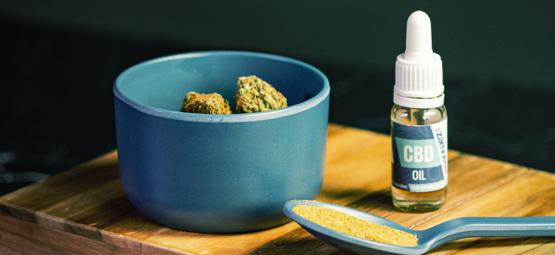
 2 min
3 November 2019
Combining Kanna with Weed or CBD: Should You Do It?
Weed and CBD are familiar favourites. Kanna is the new kid on the block: a plant-based psychoactive whose popularity is growing. Let's look at what happens when they join forces. ...
2 min
3 November 2019
Combining Kanna with Weed or CBD: Should You Do It?
Weed and CBD are familiar favourites. Kanna is the new kid on the block: a plant-based psychoactive whose popularity is growing. Let's look at what happens when they join forces. ...
-
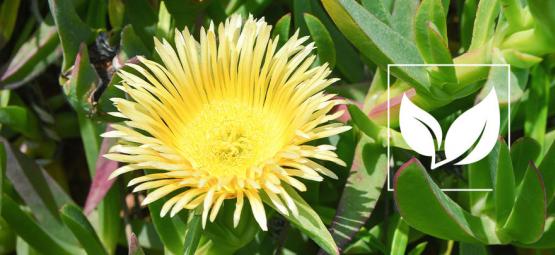
 2 min
28 July 2018
Top 3 Strongest Kanna Products
Kanna is a natural stress-relieving plant from South Africa. Fortunately for all you lucky psychonauts, we’ve put together this compilation of the top 3 strongest kanna extracts you can have deliver ...
2 min
28 July 2018
Top 3 Strongest Kanna Products
Kanna is a natural stress-relieving plant from South Africa. Fortunately for all you lucky psychonauts, we’ve put together this compilation of the top 3 strongest kanna extracts you can have deliver ...
-
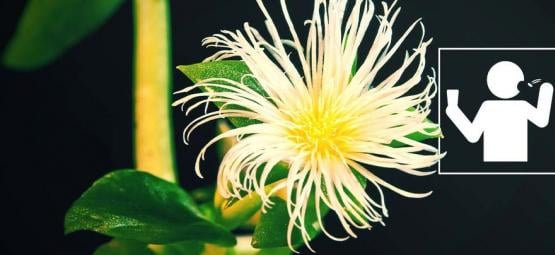
 4 min
27 June 2018
What Is The Best Way To Consume Kanna?
Kanna is a mood-altering plant that is found in abundance throughout South Africa. Kanna contains alkaloids that work as serotonin reuptake inhibitors, leading to enhanced moods and euphoric states of ...
4 min
27 June 2018
What Is The Best Way To Consume Kanna?
Kanna is a mood-altering plant that is found in abundance throughout South Africa. Kanna contains alkaloids that work as serotonin reuptake inhibitors, leading to enhanced moods and euphoric states of ...
-

 2 min
10 August 2016
How To Make Kanna Tea
Kanna tea is an excellent way to enjoy the sedating effects of this versatile herb. So we have outlined everything you need to know about it, and how to make your own. ...
2 min
10 August 2016
How To Make Kanna Tea
Kanna tea is an excellent way to enjoy the sedating effects of this versatile herb. So we have outlined everything you need to know about it, and how to make your own. ...
Categories
-
Seedshop
- Feminized Cannabis Seeds
- Autoflower Seeds
- Regular Cannabis Seeds
- F1 Hybrids
- CBD Seeds
- Zamnesia Seeds
- Top 10 Autoflowering Seeds
- Top 10 Regular Seeds
- Top 10 USA Cannabis Strains
- Top 10 Feminized Seeds
- Beginner Strains
- Below 1% THC
- Classic Cannabis Strains
- Cup Winners
- F1 Hybrids
- Fast Flowering Seeds
- High CBD Strains
- High THC Strains
- Mix Packs
- Zamnesia Exclusive Collabs
- Amnesia Seeds
- Blueberry Seeds
- Cheese Seeds
- Diesel Seeds
- Gorilla Seeds
- Haze Seeds
- Kush Seeds
- Purple Seeds
- Skunk Seeds
- White Widow Seeds
- Northern Lights Seeds
- Granddaddy Purple Seeds
- OG Kush Seeds
- Blue Dream Seeds
- Lemon Haze Seeds
- Bruce Banner Seeds
- Gelato Seeds
- Sour Diesel Seeds
- Jack Herer Seeds
- Girl Scout Cookies Seeds (GSC)
- Wedding Cake Seeds
- Zkittlez Seeds
- Pineapple Express Seeds
- Chemdawg Seeds
- Hindu Kush Seeds
- Mimosa Seeds
- Zamnesia Seeds
- ACE Seeds
- Advanced Seeds
- Afghan Seed Connection
- Amsterdam Genetics
- Anesia Seeds
- Auto Seeds
- Barney's Farm
- Big Buddha Seeds
- Blimburn Seeds
- Bomb Seeds
- BSB Genetics
- BSF Seeds
- Buddha Seeds
- The Cali Connection Seeds
- CBD Seeds
- Compound Genetics
- Cookies Seed Bank
- Delicious Seeds
- DNA Genetics
- Doctor's Choice
- Dr. Underground
- Dutch Passion
- Elite Seeds
- Eva Seeds
- Exotic Seed
- Expert Seeds
- FastBuds
- Female Seeds
- French Touch Seeds
- Garden of Green
- GeneSeeds
- Genehtik Seeds
- G13 Labs
- Grass-O-Matic
- Greenhouse Seeds
- Growers Choice
- Humboldt Seed Company
- Humboldt Seed Organization
- Kalashnikov Seeds
- Kannabia
- The Kush Brothers
- Light Buds
- Little Chief Collabs
- Medical Seeds
- Ministry of Cannabis
- Mr. Nice
- Nirvana Seeds
- Original Sensible
- Paradise Seeds
- Perfect Tree
- Pheno Finder
- Philosopher Seeds
- Positronics Seeds
- Purple City Genetics
- Pyramid Seeds
- Rare Dankness
- Reggae Seeds
- Resin Seeds
- Ripper Seeds
- Royal Queen Seeds
- Sagarmatha Seeds
- Samsara Seeds
- Seedstockers
- Sensation Seeds
- Sensi Seeds
- Serious Seeds
- Silent Seeds
- Solfire Gardens
- Soma Seeds
- Spliff Seeds
- Strain Hunters
- Sumo Seeds
- Super Sativa Seed Club
- Super Strains
- Sweet Seeds
- TICAL
- T.H. Seeds
- Top Tao Seeds
- Vision Seeds
- VIP Seeds
- White Label
- World Of Seeds
- Seed Banks
-
Headshop
-
Vaporshop
-
Healthshop
-
Smartshop
- Top 10 Smartshop
- Kratom Dosage Calculator
- Zamnesia Gift Cards
- After Party
- Aphrodisiacs
- Aromatherapy
- Blue Lotus
- CBD Vape Juice
- Capsule Machines
- Crystals, Gemstones & Minerals
- Dream Herbs
- Drug Tests
- Extracts
- Happy Caps
- Herbal Tea
- Herbs & Seeds
- Incense
- Kanna
- Kratom
- LSA Seeds
- Mescaline Cacti
- Microdosing
- Nootropics
- Relaxing
- Salvia divinorum
- Smart Seeds
- Stimulants
- Supplements
- Tinctures
- Vape Herbs
-
Shroomshop
-
Growshop
- Top 10 Growshop
- Top 10 Plant Seeds
- All Seeds
- Cacti
- Chili & Pepper Seeds
- Companion Plants
- Edible Plant Seeds
- Exotic Seeds
- Flower Seeds
- Fruit Seeds
- Herb Seeds
- Interior Plant Seeds
- Microgreens
- Psychoactive Plant Seeds
- Sprouting
- Vegetable Seeds
- Wellness Plant Seeds
- After Harvest
- Climate Control
- Fertilizer
- Grow Tents
- Harvest, Dry & Cure
- LED Grow Lights
- Plant Seeds
- Propagation
-
Merchandise
-
Sale section
Categories
Discover
Help & Info
Tools
Our website won't work without these cookies activated. Therefore functional cookies can't be disabled.





